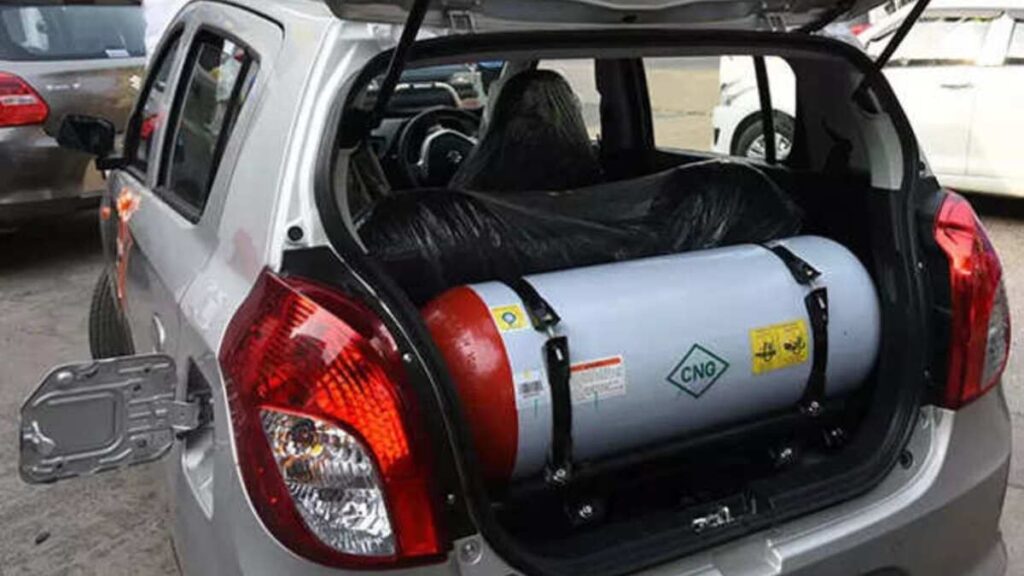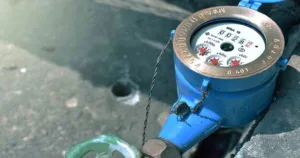Why Stepping Out of Your Car During CNG Refueling Is a Critical Safety Practice

Why Stepping Out of Your Car During CNG Refueling Is a Critical Safety Practice
Learn why exiting your vehicle while filling CNG isn’t just a rule but a vital safety measure. Understand the high-pressure risks, fire hazards, and expert-backed precautions to protect yourself at CNG stations.
CNG Refueling Safety: Why Getting Out of Your Vehicle Can Save Lives
Unlike petrol or diesel stations where passengers often stay inside the vehicle during refueling, CNG stations follow a strict safety protocol: all occupants, including the driver, must step out before filling begins. This isn’t just a procedural formality — it’s a critical safety requirement based on the unique properties of Compressed Natural Gas (CNG).
Why CNG Demands Extra Caution
CNG is stored at extremely high pressure — typically between 200 to 250 bar — much higher than conventional liquid fuels. This pressurization makes the refueling process inherently riskier. If passengers remain inside the car, their combined weight adds strain on the vehicle’s suspension and the CNG cylinder, increasing the chances of leaks or even a catastrophic explosion.
Highly Flammable and Quick to Ignite
CNG is a volatile fuel. Even a minor leak or improperly attached nozzle can lead to fire hazards. That’s why regulations mandate that the engine be turned off and everyone exit the vehicle during CNG refueling. These steps are essential for minimizing fire risks at the pump.
The Smell Is a Warning Signal — Not Just a Nuisance
CNG is odorless in its natural state but is treated with a pungent chemical to help detect leaks quickly. Inhaling this gas in high concentrations can cause dizziness, headaches, and respiratory issues. Some individuals may even experience allergic reactions. Staying outside the vehicle reduces exposure to these harmful fumes.
Overfilling Is a Major Risk
Each CNG cylinder has a strict capacity limit. Overfilling — often done when drivers ask to “round off” to the nearest hundred rupees — can dangerously increase internal pressure, making the cylinder more prone to ruptures. Always refuel at certified stations and avoid insisting on extra top-ups.
Why This Doesn’t Apply to Petrol or Diesel
Petrol and diesel are liquid fuels and are filled under significantly lower pressure. They are also less flammable than CNG. While it’s still advisable to follow general safety guidelines at all fuel stations, CNG demands stricter adherence due to its volatile nature.
Essential CNG Safety Checklist:
- Turn off the engine before refueling
- Ensure all passengers step out of the vehicle
- Check that the nozzle is securely fastened
- Never overfill — follow tank capacity guidelines
- Only refuel at authorized, certified CNG stations
- Avoid using mobile phones or electronic devices near the pump
Planning to Buy a CNG Vehicle?
Modern CNG vehicles are more efficient and spacious than ever, but safety should always be a top priority. Invest in cars with high-quality cylinders and professionally certified fittings. Performance is important, but safety can never be compromised.
Bottom Line:
What may seem like a minor inconvenience — stepping out of your car during a CNG refill — is actually a critical life saving measure. Follow the rules, stay alert, and make safety your top priority every time you visit a CNG station.












